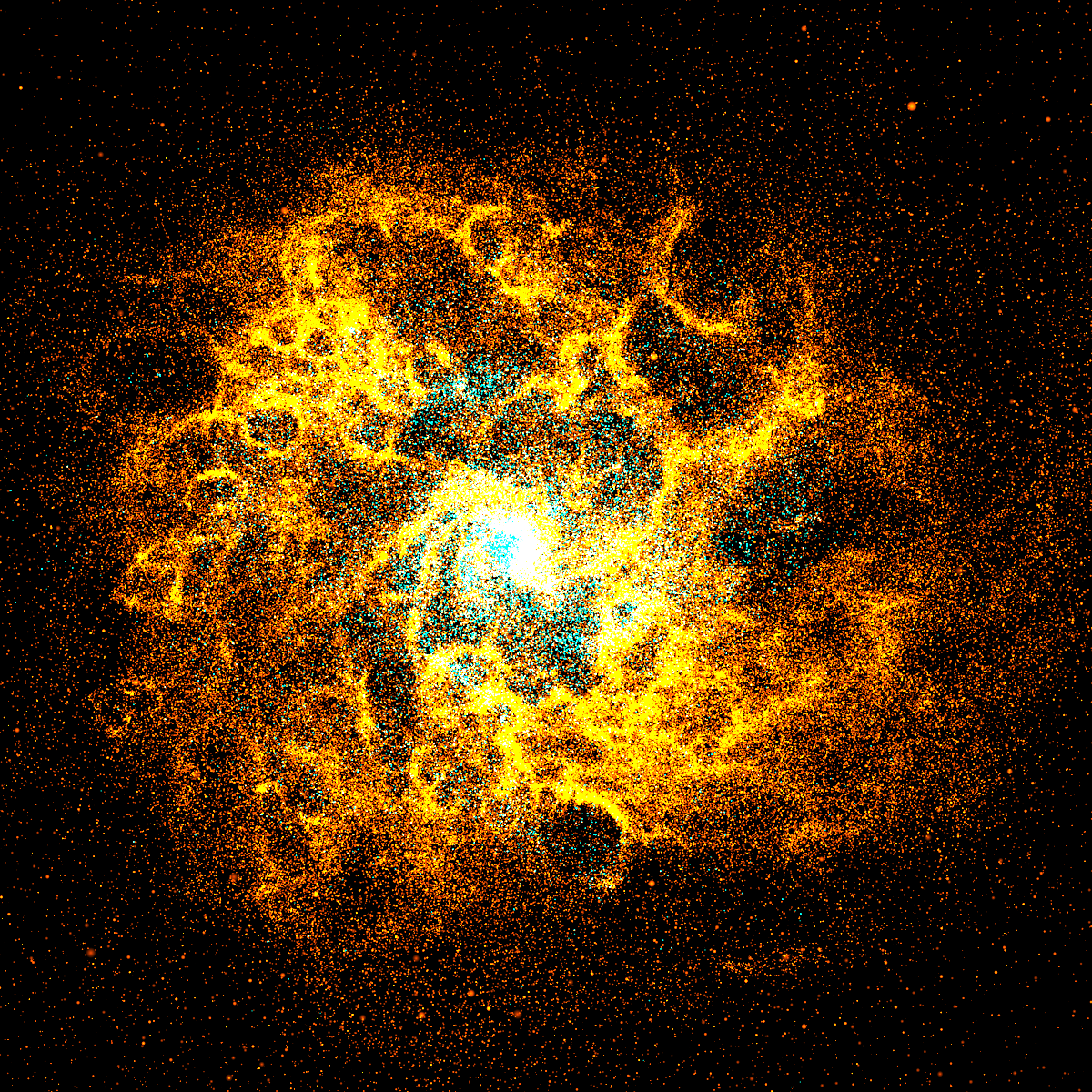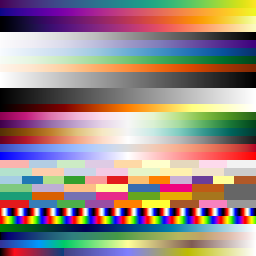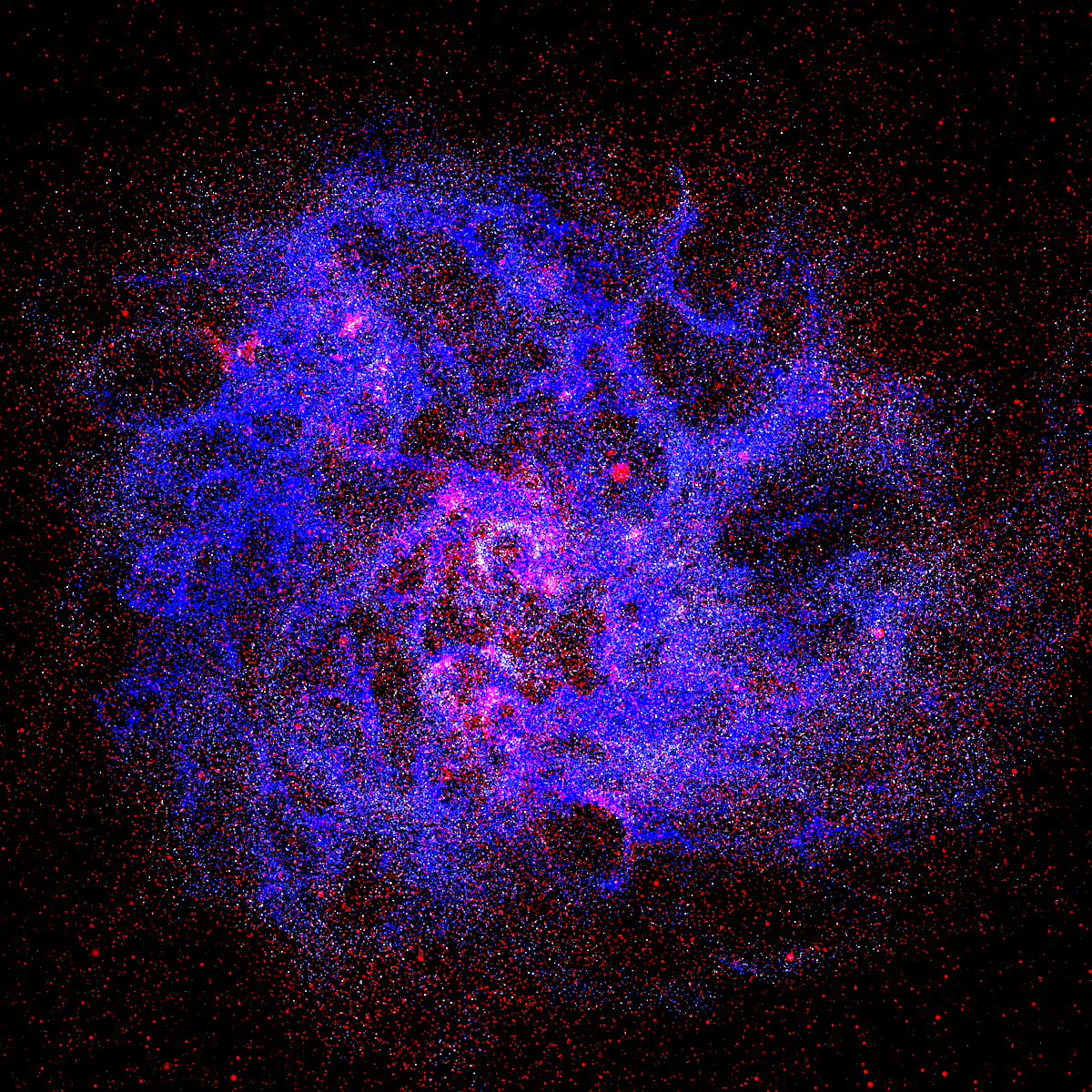I conducted galaxy formation research as part of the 2018 Summer Research Experiences for Undergraduates (REU) program at Northwestern University's Center for the Interdisciplinary Exploration of Astrophysics (CIERA). I worked with Claude-Andre Faucher-Giguere, Aaron Geller, and Alex Gurvich on developing Firefly, an interactive web-based visualization application for particle-based simulation data.
Firefly allows the user to quite literally explore the data by zooming in, rotating around, re-sizing, coloring, and even filtering out different particle types. This level of sheer interactivity allows us to gain an intuitive understanding of the data in a way that traditional plots and figures simply do not allow. During the REU program, I worked on implementing new colormapping functionality into Firefly's GUI. This feature now allows the user to apply a unique colormap to each particle type based on a certain attribute.
Try Firefly
View my Poster
Find us on Github












